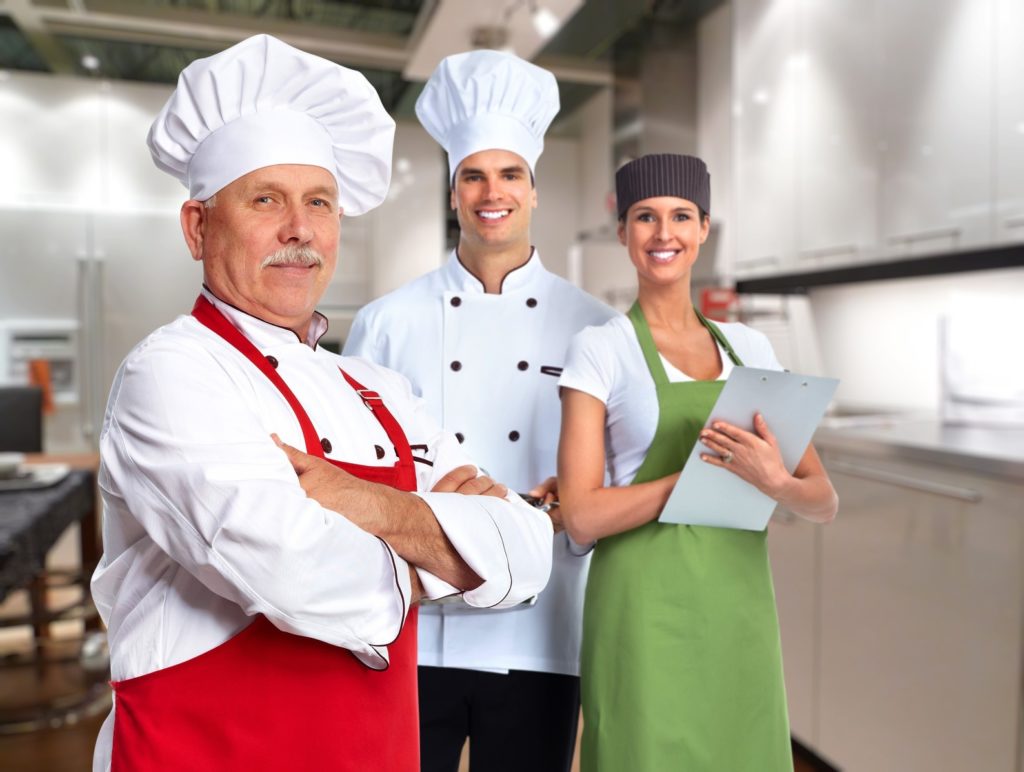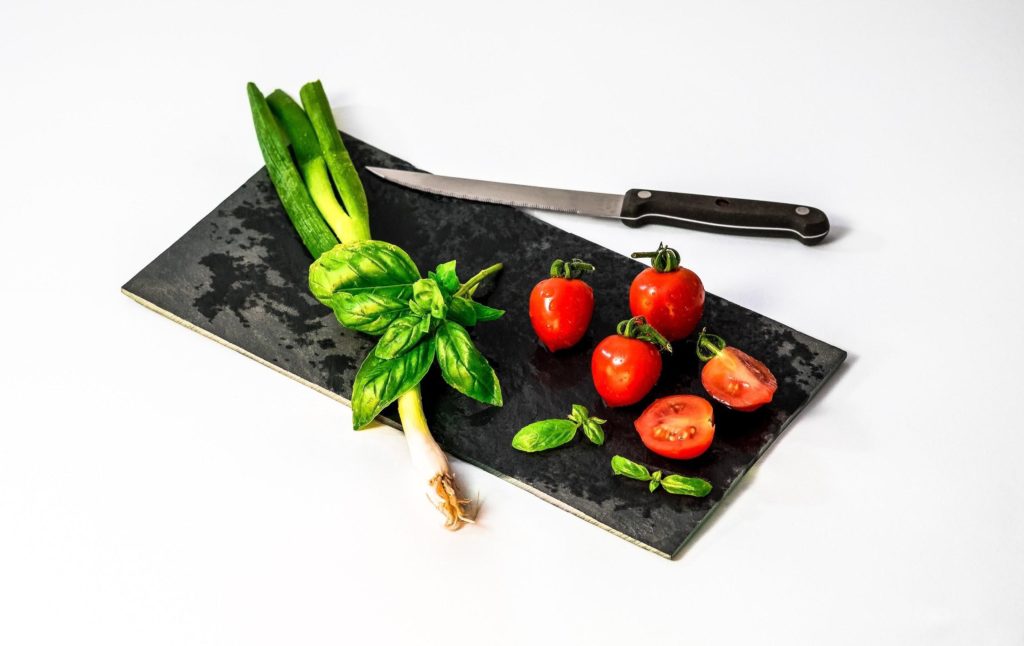Food safety should be one of the top priorities for any restaurant owner. In the food industry, safety and quality are extremely important. Not only does safe food boost your business’s reputation, but it keeps your customers from being at risk of foodborne illnesses.
There are many different ways to bring food safety issues to the forefront of your business. Let’s look at a few practical tips you can use in your restaurant to ensure proper food handling.

Keep a Clean Kitchen
Cleanliness is important to every aspect of a commercial kitchen. It starts with the employees. While washing your hands after using the restroom is standard practice in any restaurant, it’s also necessary for kitchen staff to wash their hands between different jobs. This includes everything from handling any kind of raw meat or fish to eating food on a lunch break. Washing hands should take at least 20 seconds—and always use soap!
Keeping a clean kitchen is absolutely necessary to pass a food safety health inspection. There are different components to keeping a clean kitchen, and your business should have a specific checklist that is unique to your needs. Some common tasks include:
- Keeping dirty dishes away from fresh/cooked food
- Clearing prep areas
- Breaking down stoves, ovens, and flat tops/grills each night
- Keeping up with dirty dishes throughout the service
Temperature Monitoring
It’s always important to be HACCP-compliant. Accurate temperature monitoring ensures that you’re always compliant, but it’s not always easy to do without the right equipment.
Food temperature monitoring can use the benefit of technology to be more accurate and remove the risk of human error. Using wireless sensors, like the ones provided by ComplianceMate, you can monitor the temperatures of your refrigerators, freezers, etc. to ensure food is always properly stored.
Handheld temperature probes can also be used by your kitchen staff to instantly read the internal temperature of cooked food. When you’re constantly on top of temperature monitoring, you greatly reduce the risk of your customers getting food poisoning.
Avoid Cross-Contamination
Raw food should never be anywhere near cooked food. When they get too close cross-contamination can occur, which can lead to the spread of bacteria.
Store cooked foods and raw foods in separate containers, and make sure those containers are closed and sealed tightly. If possible, store them on different shelving units to avoid any confusion.
Cross-contamination can also occur by using utensils on both raw and cooked food. Always use different cutting boards for things like meat and vegetables. It can help to use color-coordinated cutting boards. When a kitchen staff is moving quickly, a designated color system can make it easier to avoid mistakes.

Improve Food Safety in Your Restaurant
There are so many effective ways to stay on top of food safety in your business. One way to keep your food safety processes organized is the use of digital checklists. By keeping your information in one place, everyone on your kitchen staff will know what’s expected of them. Digital checklist apps sound alerts throughout the day when checklist need to be completed. This allows your staff to complete HACCP required checks on time, allowing your operations to stay in compliance and run efficiently.
If you want to know more about wireless temperature monitoring or food safety checklists, contact ComplianceMate. We’ll work with you to develop custom checklists that is unique and specific to your operations. As a result, you create a compliance training tool for your employees, safety for your band and operational efficiency for the back of the house.

